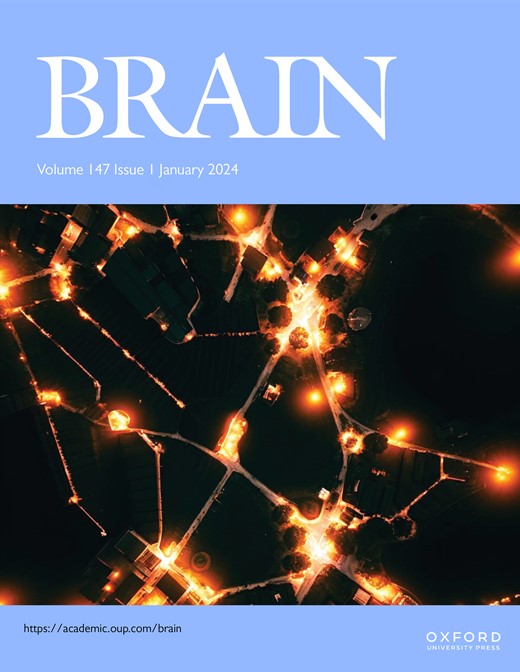反对意见还是志同道合?国际工作组和阿尔茨海默病协会的标准
IF 11.7
1区 医学
Q1 CLINICAL NEUROLOGY
引用次数: 0
摘要
阿尔茨海默病的2024 AA和IWG诊断标准在对无症状个体的分类上有所不同。然而,Verberk等人认为,他们在诊断中使用生物标志物的共同要求意味着他们现在在很大程度上是一致的,这标志着痴呆症护理中精准医学的关键一步。本文章由计算机程序翻译,如有差异,请以英文原文为准。
Opposing views or like-minded? International Working Group and Alzheimer’s Association criteria
The 2024 AA and IWG diagnostic criteria for Alzheimer’s disease differ in their classification of asymptomatic individuals. Verberk et al. argue, however, that their shared requirement for biomarker use in diagnosis means they are now largely aligned, marking a pivotal step towards precision medicine in dementia care.
求助全文
通过发布文献求助,成功后即可免费获取论文全文。
去求助
来源期刊

Brain
医学-临床神经学
CiteScore
20.30
自引率
4.10%
发文量
458
审稿时长
3-6 weeks
期刊介绍:
Brain, a journal focused on clinical neurology and translational neuroscience, has been publishing landmark papers since 1878. The journal aims to expand its scope by including studies that shed light on disease mechanisms and conducting innovative clinical trials for brain disorders. With a wide range of topics covered, the Editorial Board represents the international readership and diverse coverage of the journal. Accepted articles are promptly posted online, typically within a few weeks of acceptance. As of 2022, Brain holds an impressive impact factor of 14.5, according to the Journal Citation Reports.
 求助内容:
求助内容: 应助结果提醒方式:
应助结果提醒方式:


